Silver plated galvanic copper.
Signed under the base of the German factory "württembergische metallwarenfabrik".
Circa 1880.
On October 17, 1868, a Roman treasure of 70 silver artifacts dating from the first century BC was discovered in Hildesheim, a small town in Lower Saxony. This discovery was absolutely exceptional for its richness and state of preservation. It is now kept in the Pergam Museum in Berlin.
From the 1870s, the reproduction of the Treasure items was made possible thanks to the then revolutionary technique of electroplating. This technique is remarkable for its extreme preciseness by using an electrochemical process and applying a thin layer of silver plating on a copper model. WMF is one of the few companies to have had access to the Treasury to make reproductions.
The Hildesheim crater is the rarest and most important piece in the Treasure. It is decorated with fine vegetal patterns in which putti, sometimes armed with tridents, are pointing at crustaceans. Symmetrical on both sides, confronted griffins spread their wings on the bottom of the crater.
The size of our crater, a reduction compared to the original, is quite unusual. It is also the result of new discoveries, exploited in particular during the Universal Exhibitions of the last quarter of the 19th century, which allow to reproduce works of art identically and in smaller dimensions.


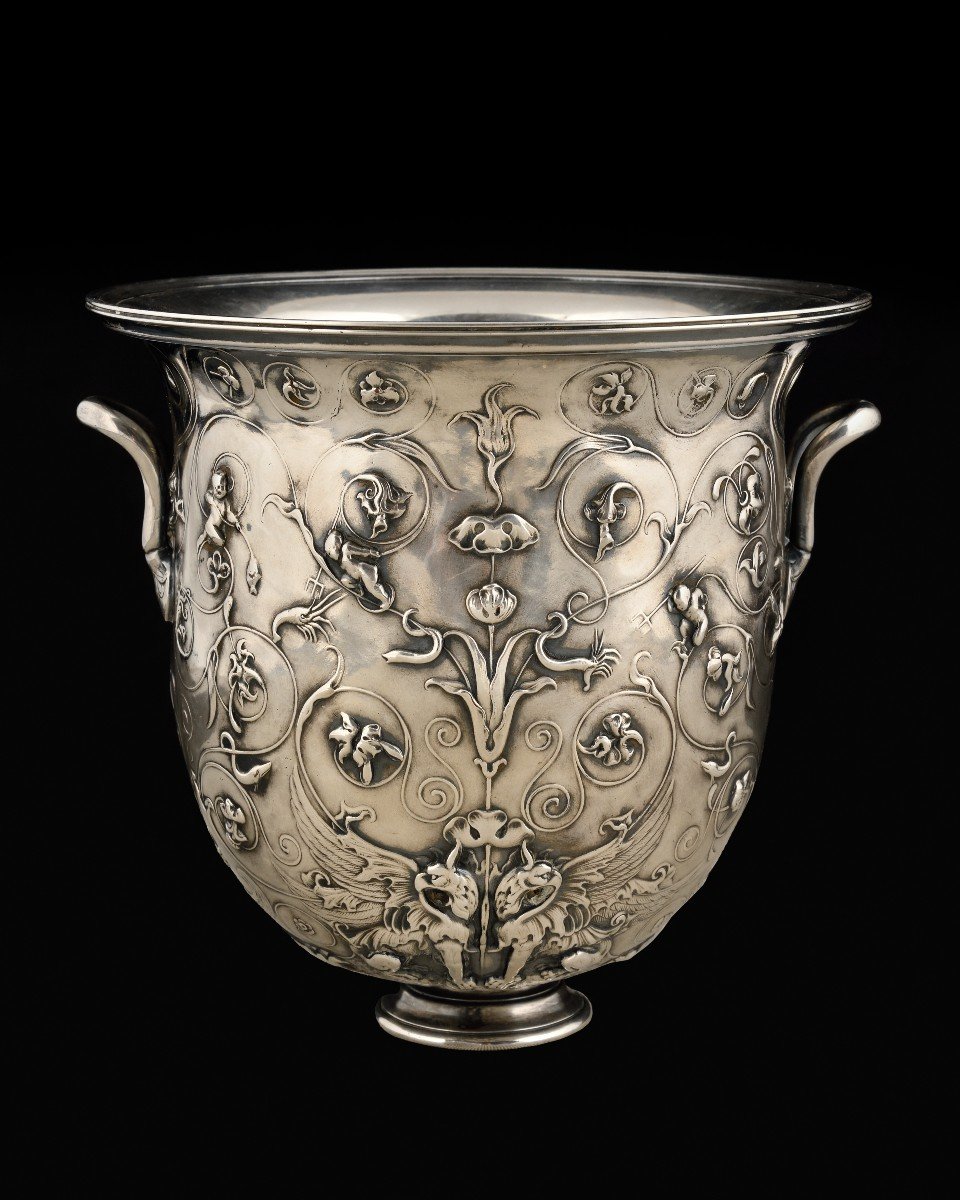



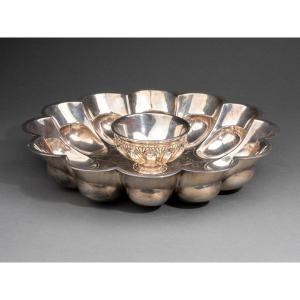







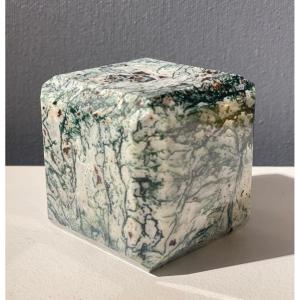
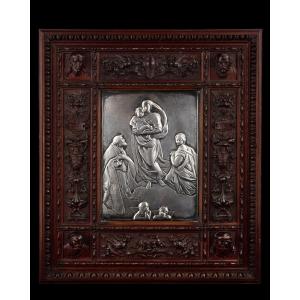
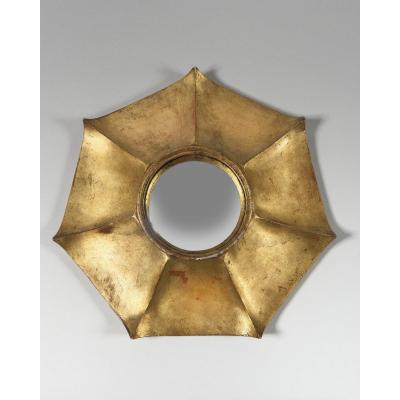







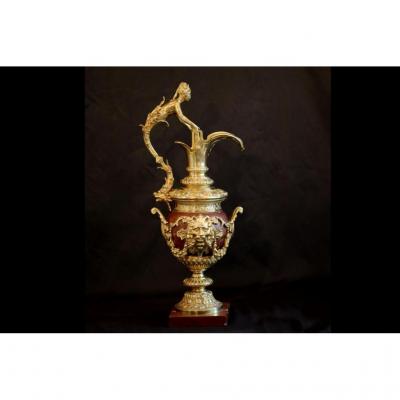



 Le Magazine de PROANTIC
Le Magazine de PROANTIC TRÉSORS Magazine
TRÉSORS Magazine Rivista Artiquariato
Rivista Artiquariato